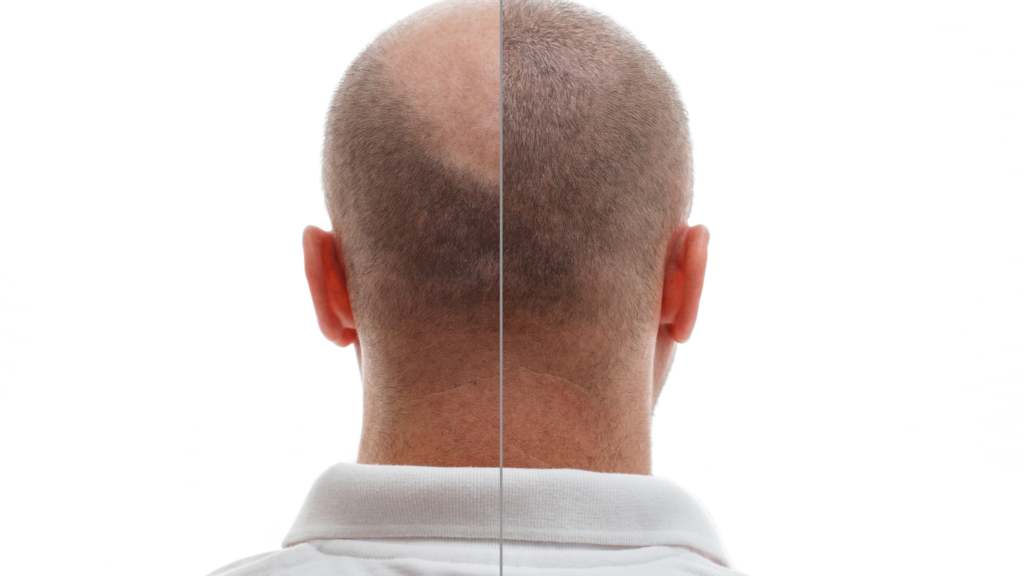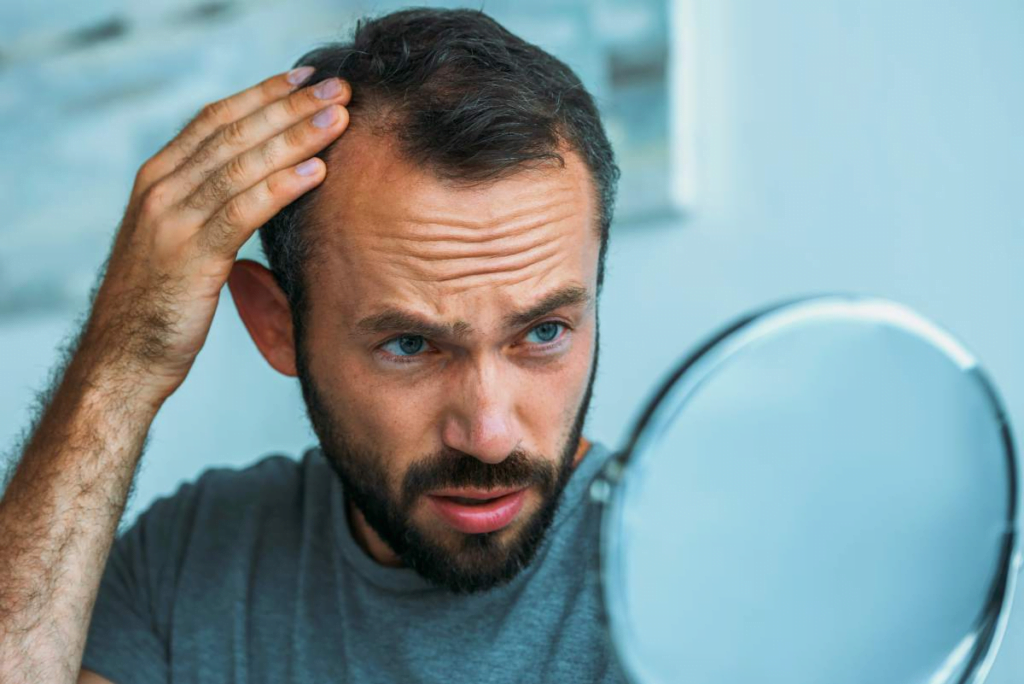
Is only the transplanted area important in hair transplantation? How important is the donor area for the best results? What changes occur in this area, especially after transplantation?
When we talk about hair transplantation, attention is first directed to the area where the transplantation will be performed. However, the donor area is also an important element of the transplantation process. This is because hair transplantation is not only related to the transplantation area, but also directly related to the area from which the hair is taken. This is because the health of the transplanted hair depends on the donor area.
This area, where hair follicles are harvested, is the most critical point that determines the outcome of the operation. The structure, density, hair shaft thickness, and harvesting method of the donor area play a major role in successful hair transplantation.
İçindekiler
What is the Donor Area?
The donor area is defined as the area where genetically resistant hair follicles are located, usually on the back of the head and above the ears. This area is mostly resistant to male pattern baldness.
This is because the follicles located here are resistant to the hormone “dihydrotestosterone” (DHT). These resistant follicles do not tend to fall out after being harvested; they grow permanently in the new area where they are implanted. This is proof that they are decisive for the results of hair transplantation. In other words, the factor that ensures the permanence of hair transplantation is actually the healthy grafts taken from the donor area.
Why is the Donor Area So Important?
The quality of a hair transplant is not only related to how the front line is designed. The condition of the donor area directly affects both the aesthetic and medical success of the operation. Therefore, it is extremely important for the surgeon to accurately assess the donor area before the operation.
This is because this area is limited; excessive harvesting can lead to irreversible results. Healthy roots in this area can be damaged by unprofessional hands.
- Insufficient donor area: The number of roots that can be harvested for hair transplantation is limited. In this case, sparse results may occur.
- Excessive harvesting: The back of the head becomes bare, creating a patchy appearance.
- Harvesting in the wrong direction: Hair follicles may be damaged, and the harvested area may heal with scarring.
In short, the donor area is the source of hair transplantation. If the source is not managed correctly, even the best technique will not yield successful results.
How to Determine the Quality of the Donor Area?
The quality of a person’s donor area is assessed based on factors such as hair thickness, density, and scalp elasticity. During the pre-transplant analysis, the surgeon considers the following criteria:
- Density: The number of hair follicles per 1 cm². An average of 70–100 grafts is considered good.
- Hair shaft thickness: More grafts are needed for fine hair, while a dense appearance can be achieved with fewer roots in thick hair.
- Wave pattern: Slightly wavy hair appears more voluminous than straight hair.
- Skin type: Oily or elastic skin facilitates root extraction.
If the surgeon plans the transplant without performing these analyses, both the donor area may be damaged and the transplant result may be unsatisfactory.
Donor Area Use in FUE and DHI Techniques
The method of donor harvesting varies depending on the technique used in hair transplantation:
In the FUE (Follicular Unit Extraction) method, the roots are harvested one by one. In this method, the donor area must be combed evenly. Otherwise, regional thinning may occur.
In the DHI (Direct Hair Implantation) method, the roots are implanted immediately after extraction. In this method, it is important not to unnecessarily damage the donor area, as the procedure takes longer and requires careful planning.
The goal is the same in both techniques: To obtain a sufficient number of healthy grafts while preserving the natural appearance of the donor area.
Precautions for Protecting the Donor Area
After hair transplantation, the focus is usually only on protecting the transplanted area. However, protecting the donor area is just as important as protecting the transplanted area. For the first 10 days, the hygiene and care of the area directly affect healing.
Basic steps to follow:
- Washing: The first wash is usually done at the end of the third day. Shampoo should be applied as foam, not directly.
- Contact: Pressing, scratching, or using a hard pillow on the donor area causes irritation.
- Moisturizing: The area should be softened with special lotions or doctor-recommended creams.
- Sun protection: Sunlight can cause color differences in newly healed skin.
- Nutrition: A diet rich in protein, zinc, and biotin speeds up healing.
These steps not only reduce scarring but also preserve the donor area’s capacity to produce new hair. New grafts will grow in place of the ones taken in a short time.
What If the Donor Area Is Insufficient?
Each patient’s donor area is different and has its own unique characteristics. In some individuals, the nape area may be weak; in this case, alternative donor areas are evaluated:
- Beard area: Especially the coarse roots under the chin can be used to support the crown areas.
- Chest or body hair: In suitable patients, specific areas may be preferred for support.
However, the thickness and growth cycle of the roots in these areas are different. Therefore, planning must be done very carefully. A professional team can blend these different tissues to achieve a natural density.
When the donor area is overused, permanent thinning, mini scarring, and rough texture may occur in the nape area. This negatively affects the success and integrity of the hair transplant. In patients who have undergone excessive harvesting:
- New hair growth is weak,
- The hairline is dense but the back appears sparse,
- A feeling of “emptiness” may remain in the back of the head.
Such mistakes make a second corrective operation difficult. Therefore, if you are looking for a professional team for hair transplantation, you can contact our clinic.
The Key to a Natural Look: Balanced Distribution

A successful hair transplant depends not so much on the number of grafts taken, but on where and how they are taken. The donor area must be combed evenly, hair directions must be preserved, and skin integrity must not be compromised. This preserves the natural appearance of the nape and ensures that the transplanted hair is permanent. A well-managed donor area is both the unsung hero of hair transplantation and the guarantee of the result. Because hair transplantation is not just about replacing what has been lost, but also the art of preserving what already exists.
Hairtrans.com was founded by world-famous plastic surgeon Dr. MFO, who is an expert in facial feminization or facial masculinization surgeries, and is managed under his leadership. Would you like to have a hair transplant under the coordination of a plastic surgeon with many years of experience?
Whether you are a trans woman or a natural born male or female, if you are looking for the best hair transplant, contact us now.


